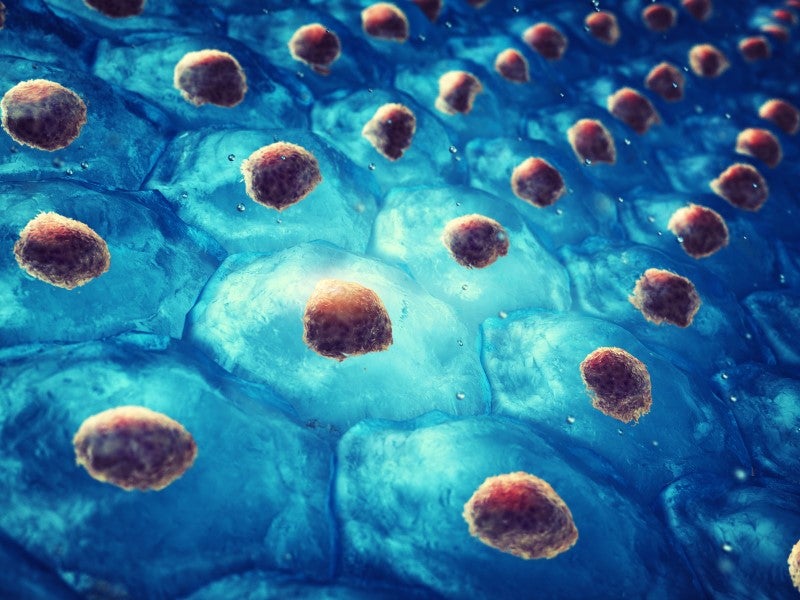Damage to joint cartilage can result in inflammation, lack of mobility, and chronic pain in affected joints. Regenerative approaches seek to repair damaged joint tissue to restore joint function and to eliminate pain and mobility issues. According to GlobalData analysis, the cartilage repair market is expected to reach $2bn by 2030, primarily driven by the growing prevalence of joint disorders and improvement of regenerative therapy.
Cartilage repair techniques involve a variety of approaches, such as tissue transplantation, microfracture, cartilage debridement, and stem cell-based implantation. All of these approaches seek to fully restore damaged articular cartilage, either through stimulating the body’s intrinsic healing response or through replacing or repairing the damaged tissue. Historically, regenerative approaches focus on tissue transplantation, often from a cadaver or from the patients themselves, but more recently there has been a push to provide specialised stem cell-based therapies to specifically regenerate damaged or diseased patient tissue.
Hurdles to overcome in cartilage repair
Although cartilage repair techniques show promise in the treatment of damaged cartilage, there are major hurdles that must be overcome, such as the complex manufacturing of high-grade stem cells for transplant, treatments being ineffective for older patients, and issues regarding repair tissue not functioning as well as the tissue it is replacing.
These hurdles have limited the widespread adoption of these therapies. Of the total global joint repair market, cartilage repair makes up only a small percentage. Although there has been a slow uptake of regenerative therapies, now the pace of development is accelerating.
Cartilage repair investment and pipeline
According to GlobalData, more than 490 deals related to regenerative medicine in the medical device industry have been completed so far in 2021. The companies have collected $1.5bn in the same period, which is 95% of what was raised during all of 2020. The investment is expected to boost the innovation and application of regenerative medical devices.
Much pipeline development and clinical trials of cartilage repair are ongoing. The most notable one is NOVOCART 3D from Aesculap Biologics LLC, an autologous chondrocyte transplantation system designed to treat articular cartilage defects of the knee. The device is approved in Europe and has been implanted in more than 16,000 patients since 2003 with clinical improvement in knee pain and function. The results of the ongoing trials will provide evidence to bring NOVOCART 3D to the US. As technology continues to improve, the share of cartilage repair is expected to increase and account for an increasing portion of the orthopaedic market.
How well do you really know your competitors?
Access the most comprehensive Company Profiles on the market, powered by GlobalData. Save hours of research. Gain competitive edge.

Thank you!
Your download email will arrive shortly
Not ready to buy yet? Download a free sample
We are confident about the unique quality of our Company Profiles. However, we want you to make the most beneficial decision for your business, so we offer a free sample that you can download by submitting the below form
By GlobalData









Related Company Profiles
Aesculap Biologics LLC